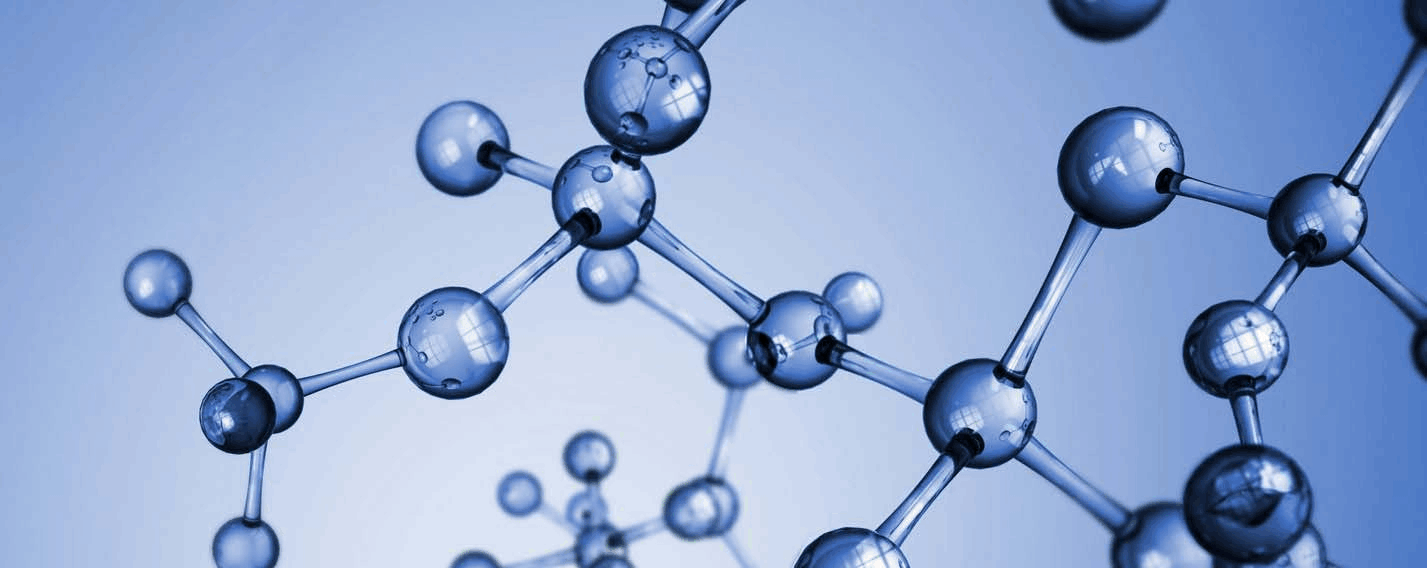1. Selection of toxic small molecules: Since the small molecules of ADCs require high toxicity, affinity, and low sensitivity to multidrug resistance protein (MDR1)-mediated efflux, fewer suitable molecules are currently available. For derivatives of the auristatins and maytansinoids families, the development of other small molecules has mostly failed.
2. Linker design: The linker connecting antibodies and toxins must remain stable in the blood circulation to prevent the release of toxic small molecules into the blood and cause serious adverse reactions, and after entering cancer cells, they must effectively release toxic small molecules for killing. The maleimide linker used in second-generation ADCs has the risk of early dissociation in serum, so the third-generation ADC has improved this risk.
3. Antibody Engineering: IgG molecules are engineered to make them suitable for attaching drugs and to obtain the highest possible homogeneity. The TDC technology (THIOMAB drug conjugates) used in traditional ADCs has the risk of dissociation in the blood, so this problem has become the technical key to the new generation of ADCs.
4. Core Patent – Linker and Toxin Ranking: The types of antibodies (the macromolecular part) of ADC drugs are unlimited, and the types of linkers, connection methods and toxins (the small molecular part) are limited.









